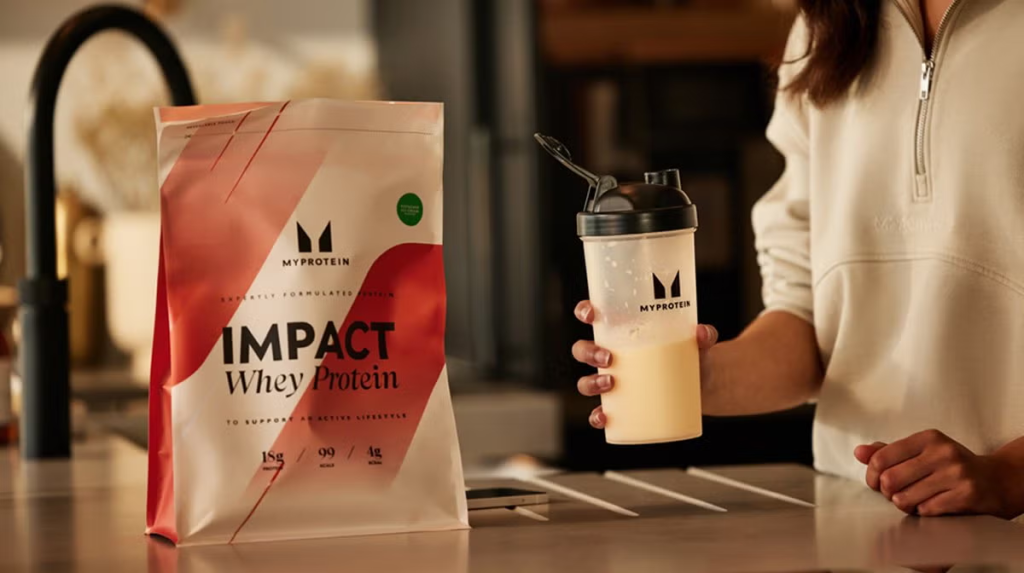The European protein powder market has expanded dramatically in recent years, offering consumers an overwhelming array of options. From whey to plant-based alternatives, European fitness enthusiasts face unique considerations when selecting supplements suited to their needs. This guide provides essential information for navigating the European protein powder landscape with confidence and knowledge.
European Protein Standards: What Makes Them Different
European protein powders operate under different regulatory frameworks than those in the United States or Asia. The European Food Safety Authority (EFSA) enforces strict standards regarding ingredient quality, permitted additives, and label claims. These regulations often result in:
- Stricter limits on heavy metals and contaminants
- More conservative permitted health claims
- Different sweetener and additive allowances
- More stringent testing requirements
These regulatory differences mean European consumers often access products with different formulations than those available elsewhere, even when purchased from international brands. Understanding these distinctions helps make informed purchasing decisions aligned with European quality standards.
Decoding Protein Types Available in European Markets
European markets offer various protein types, each with distinct benefits and considerations:
Whey Protein Varieties
Whey Concentrate (WPC): Containing 70-80% protein with higher amounts of lactose and fat. Typically the most affordable and widely available option across Europe.
Whey Isolate (WPI): Offering 90%+ protein content with minimal lactose and fat. Preferred by those with mild lactose sensitivity and individuals focused on lean muscle development.
Whey Hydrolysate: Pre-digested protein for faster absorption. Generally more expensive and found in premium European brands targeting serious athletes.
Plant-Based Options
The European plant protein market has expanded significantly, with high-quality options including:
- Pea protein: Complete amino acid profile and excellent digestibility
- Rice protein: Hypoallergenic with good amino acid composition
- Hemp protein: Contains beneficial fatty acids but lower protein percentage
- Multi-source blends: Combinations designed to provide complete amino acid profiles
Plant-based options in Europe often feature organic certifications and sustainability credentials that appeal to environmentally conscious consumers.

Quality Markers for European Protein Supplements
When evaluating European protein powders, several quality indicators deserve attention:
- Third-party testing certifications: Independent verification of contents and purity
- Transparent amino acid profiles: Detailed breakdown of protein composition
- Country of manufacture: Production standards vary within Europe
- Informed-Sport certification: Indicates testing for banned substances
- Clean label formulations: Minimal additives and artificial ingredients
According to sports nutrition info resources, protein quality matters as much as quantity for optimal muscle protein synthesis. European consumers should prioritize products that provide complete transparency regarding sourcing, manufacturing, and testing protocols.
Matching Protein to Your Fitness Goals
European consumers should select protein types aligned with their specific objectives:
For Muscle Building
Choose options with higher leucine content (like whey) and consider products with added creatine, which is well-researched and regulated within European markets.
For Recovery
Casein protein or protein blends with carbohydrates are popular in Europe for their sustained release properties, supporting overnight recovery.
For Weight Management
European isolate proteins with minimal additional ingredients offer the highest protein-to-calorie ratio for those monitoring intake.
For Everyday Nutrition
Multi-source proteins with additional nutrients like vitamins and minerals are increasingly popular in European markets for general wellness support.
Navigating European Protein Labels
European protein labels contain standardized information, though presentation varies between brands. Key elements to examine include:
- Nutrition information per 100g AND per serving: European standards require both
- Ingredient list: Listed in descending order by weight
- Protein content calculation: Look for products calculating protein from amino acid content rather than nitrogen content for greater accuracy
- Allergen information: Clearly highlighted under EU regulations
- Approved health claims: Only permitted statements allowed under European regulations
Be wary of products making extraordinary claims, as European regulations strictly limit health claims that can legally appear on packaging.
Price Considerations in European Markets
European protein prices reflect several factors:
- VAT inclusion: European prices typically include value-added tax
- Import duties: Non-EU produced proteins may carry additional costs
- Economies of scale: Larger manufacturers often offer better value
- Specialty certifications: Organic, grass-fed and specialized products command premium prices
When assessing value, calculate the cost per gram of protein rather than package price. European multi-kilo bags often offer substantially better value than smaller containers, particularly from domestic manufacturers avoiding import tariffs.

Making Your Final Selection
When choosing a European protein powder:
- Start with your goals: Select protein types matching your specific objectives
- Consider digestibility: Choose options that work well with your digestive system
- Evaluate additives: Scrutinize sweeteners, flavors and thickeners
- Review testing protocols: Prioritize brands with transparent quality testing
- Compare value: Calculate cost per serving of actual protein content
The ideal protein supplement balances quality, digestibility, taste and value while aligning with individual fitness goals and dietary preferences.
European consumers benefit from stringent quality standards when selecting protein supplements, but must still evaluate products carefully to find options best suited to their individual needs, preferences and goals.

